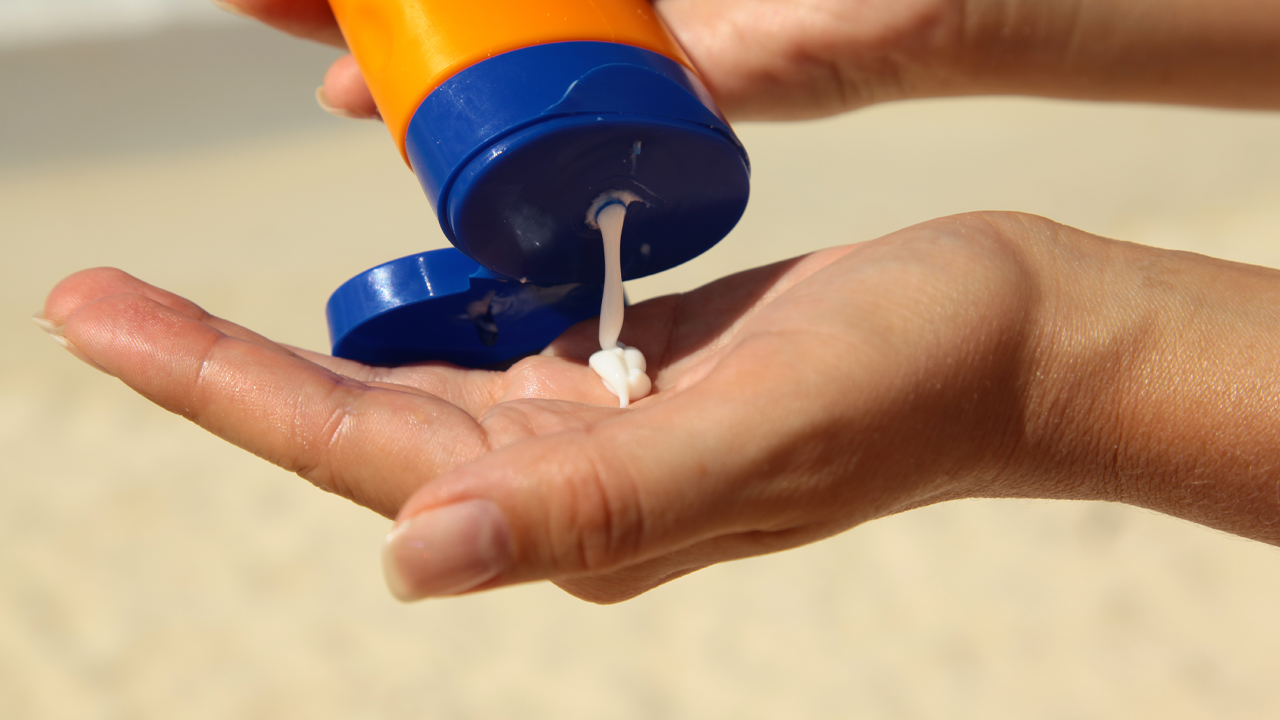In the ever-changing seasons, some individuals may still be unaware of the proper way to use sunscreen. This lack of knowledge is concerning given that these sun-protecting products can play a crucial role in preventing skin cancer, which happens to be the most commonly diagnosed cancer in the United States, according to the U.S. Department of Health and Human Services. The health agency reports that approximately five million Americans receive treatment for skin cancer each year.
To provide a refresher on the correct application of sunscreen, here is a brief guide that explains the concept of SPF (Sun Protection Factor), the different types of sunscreen, and which ones are more suitable for the face and body.
SPF measures the degree of UV radiation needed to cause sunburn on protected skin compared to unprotected skin, according to the Food and Drug Administration (FDA). Sunscreen is essential during the summer months as it helps shield the skin from harmful UV radiation. The SPF rating scale indicates the level of sunburn protection provided by a sunscreen, when applied correctly. As the SPF value increases, so does the sunburn protection. It is important to note that SPF isn’t directly related to the duration of solar exposure, but rather the intensity of exposure.
The strength of the sun’s rays varies throughout the day, with peak intensity occurring between 10 a.m. and 4 p.m., as identified by the United States Environmental Protection Agency. This means that individuals who venture outside during the remaining hours of the day are exposed to a lower level of UV radiation. However, health experts unanimously agree that sunscreen should still be worn for added protection.
According to the FDA’s sunscreen testing, they recommend applying 2 milligrams of sunscreen for every square centimeter of exposed skin. It is advisable to apply sunscreen 15 minutes before sun exposure and reapply it every two hours. For activities that involve swimming or profuse sweating, water-resistant sunscreens should be used. Reapplication should be done on dry skin every two hours. Sunscreen should be applied to all areas of the skin that will be exposed to the sun.
Despite the FDA’s clear guidelines on the recommended amount of sunscreen to be used, it seems that few people actually adhere to them. Dr. Henry Lim of Henry Ford Health, a not-for-profit healthcare organization in Detroit, explains that the end-use SPF is often lower than the labeled SPF due to inadequate application compared to the amount used for testing. Dermatologists typically recommend starting with SPF 30 as it provides a higher level of protection than SPF 15, when applied correctly. However, since most people tend to under-apply sunscreen, using a slightly higher SPF can compensate for this and still offer relatively good protection. For those who will be exposed to the sun for an extended period of time, it is wise to choose a sunscreen with at least SPF 50.
Apart from preventing sunburn, it’s crucial to protect the skin from UVA and UVB rays, both of which contribute to the risk of skin cancer, according to the U.S. Centers for Disease Control and Prevention. Broad-spectrum sunscreens are specially formulated to shield against these harmful rays. When choosing sunscreen, look for the broad-spectrum designation on the packaging. Additionally, visible light can cause skin reddening and tanning, particularly in individuals with darker skin. Using tinted sunscreen can help minimize these effects and prevent long-lasting skin darkening caused by visible light exposure.
Applying the recommended two milligrams of sunscreen per square centimeter of skin can be challenging, especially for those unaccustomed to the metric system. Dermatologists have developed an easier measurement system called the “rule of nines,” which uses teaspoons rather than milligrams. For instance, it is suggested to use one teaspoon for the face, head, and neck, one teaspoon each for the forearm and arm, and two teaspoons each for the front and back of the torso, as well as left and right legs. This translates to approximately one ounce or one shot glass of sunscreen. However, most individuals tend to use only about 0.8 to 1 milligram per square centimeter, which is half of what the FDA recommends.
Different types of commercially available sunscreens include lotions, creams, gels, oils, and sprays. While all can be used on the body, it is advised to use lotions, creams, gels, and oils on the face, as aerosol products can be irritating to the eyes, nose, and lungs. Spray sunscreens are quite popular, but it can be challenging to ensure complete coverage. Dr. Darrell Rigel, a clinical professor at the Mount Sinai Icahn School of Medicine, recommends spraying a full coat followed by a second coat to minimize any missed areas.
Though any sunscreen is better than none, some textures and formulations may feel more comfortable on the face. Lighter products are preferable, as greasy formulas can cause breakouts. On the other hand, the body can tolerate more substantial formulations. In addition to texture, the key factor to consider is the sunscreen’s substantivity, which refers to how long it adheres to the skin’s surface.
In conclusion, it is crucial to have a clear understanding of sunscreen application to maximize protection against harmful UV radiation. By following the proper guidelines provided by the FDA and dermatologists, individuals can minimize their risk of skin cancer and premature aging. Remember to choose sunscreen with the appropriate SPF, opt for broad-spectrum protection, and apply the recommended amount of sunscreen to all exposed areas of the body.
Denial of responsibility! VigourTimes is an automatic aggregator of Global media. In each content, the hyperlink to the primary source is specified. All trademarks belong to their rightful owners, and all materials to their authors. For any complaint, please reach us at – [email protected]. We will take necessary action within 24 hours.


